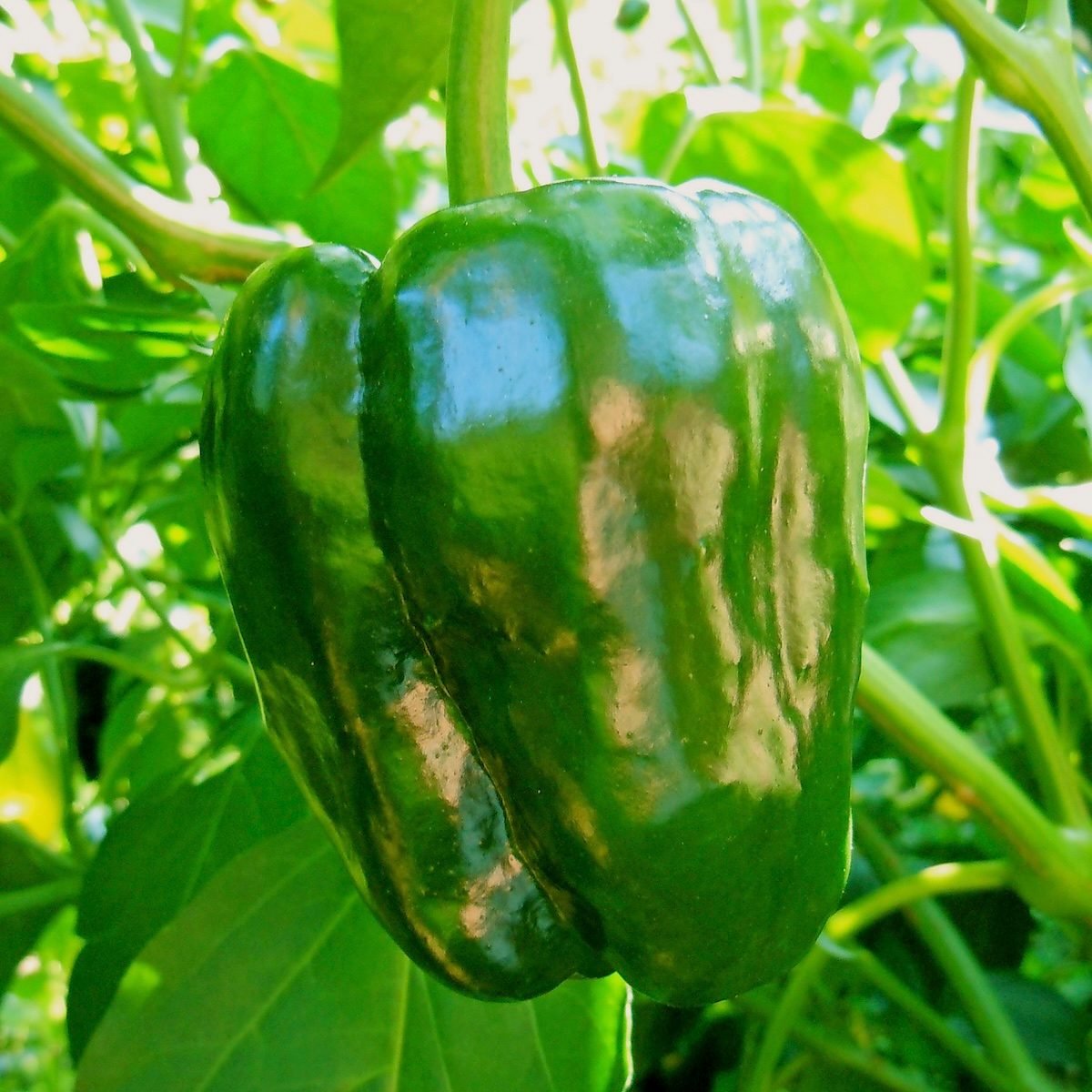Top 10 Hot Pepper Plants to Cultivate

Growing Your Own Peppers: A Guide to Flavor and Heat
Peppers are a versatile and exciting addition to any garden, offering a wide range of flavors and heat levels. Whether you're looking for a mild crunch or a fiery kick, growing your own peppers can be both fun and rewarding. With the right care and attention, you can enjoy fresh, homegrown peppers throughout the summer and into the fall.
Starting Seeds Indoors
To get a head start on the growing season, it's best to start pepper seeds indoors at least eight to 10 weeks before the last frost date in your area. This gives the plants enough time to grow strong before being transplanted outdoors. Alternatively, you can look for starter plants at your local garden center. If you're interested in exploring new varieties, check out seed catalogs for unique options that may not be available at the store.
Once the plants are established, they'll need warm conditions to thrive. Peppers prefer temperatures around 80 degrees Fahrenheit for optimal growth. If you don't have a heat mat, placing the seeds above your refrigerator can help provide the warmth they need to sprout.
Best Pepper Varieties to Grow
There are numerous pepper varieties to choose from, each with its own unique flavor and heat level. Here are some of the most popular and enjoyable ones to consider:
Habanero
Habaneros are small, wrinkled, and intensely hot with a slightly sweet flavor. They are ideal for salsas and salads when used fresh, but cooking will mellow their heat. These peppers require a long growing season and warm conditions to thrive. New varieties, like the chocolate habanero, are becoming increasingly popular among gardeners.
Anaheim
Anaheim peppers are known for their vibrant red color when ripe. They are easy to grow in containers or garden beds and perform well through the summer and fall. These peppers are often used in salsa verde, making them a great choice for those who love Mexican cuisine.
Thai
Thai peppers are perfect for those who enjoy spicy Asian dishes. They are slender and can range from green to bright red as they ripen. The plant stays compact, making it an excellent choice for ornamental use on patios. They also preserve well in oil or vinegar, allowing you to enjoy their heat all year round.
Scotch Bonnet
Scotch bonnets are similar to habaneros but shorter and stouter. They are a key ingredient in Caribbean cuisine, especially in jerk chicken recipes. These peppers grow slowly, so starting them indoors early is essential, especially if you live in a northern zone.
Jalapeño
Jalapeños are one of the easiest peppers to grow and mature in about 75 days. They can be eaten green or left to turn red, which enhances their flavor. They are great for stuffing, grilling, or pickling, and can even be dried to make chipotle peppers.
Tabasco
Tabasco peppers are the main ingredient in the iconic Tabasco sauce. They require 80 to 100 days to mature and thrive in hot, humid conditions. If your growing season is short, consider growing them in containers in a sunny location.
Pepperoncini
These Italian favorites are perfect for pickling or adding to salads. They start off light green and turn bright red as they ripen. Their sweet and slightly spicy flavor makes them a great addition to many dishes.
Cayenne
Cayenne peppers are commonly found in spice racks, but they can also be grown at home. They start green and turn bright red before harvest. Their thin walls make them ideal for drying and using year-round.
Poblano
Poblanos are large, dark green peppers that become ancho peppers when dried. They have a mild heat and are often used in roasted dishes or mole sauces. Their bushy growth habit makes them easy to manage in the garden.
Cubanelle
Cubanelles offer a sweet flavor with a hint of heat, making them a great alternative to bell peppers. They are brightly colored and uniquely shaped, adding visual appeal to any garden.
Bonus Tips for Productive Peppers
- Start seeds indoors at least eight to 10 weeks before the last spring frost.
- Use a heat mat or place seeds near a warm appliance to encourage germination.
- Provide 16 hours of light per day using grow lights once the seeds sprout.
- Harden off plants gradually by exposing them to outdoor conditions for a few hours each day.
- Ensure consistent watering and avoid overwatering, which can lead to root rot.
By following these tips and choosing the right pepper varieties, you can enjoy a bountiful harvest of flavorful, homegrown peppers all season long. Whether you're a seasoned gardener or just starting out, growing your own peppers is a rewarding experience that adds excitement to your meals.
Post a Comment for "Top 10 Hot Pepper Plants to Cultivate"
Post a Comment